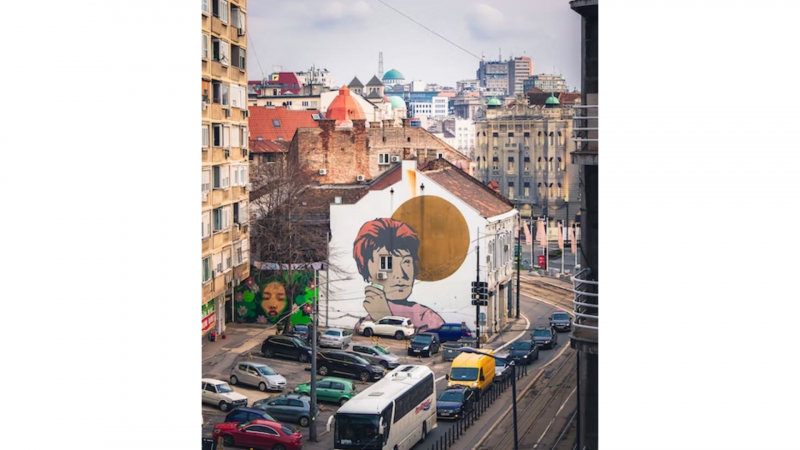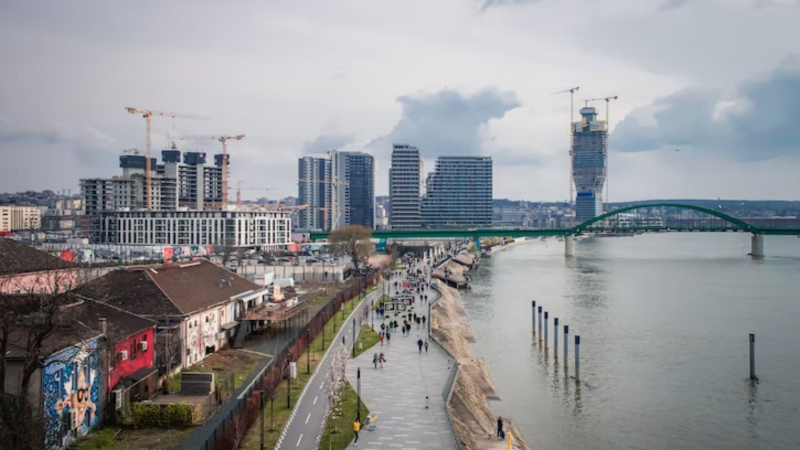Hippie Areas
Visit Savamala, historically a shabby neighborhood of abandoned warehouses and crumbling Art Nouveau homes, on the eastern bank of the River Sava. Bars and clubs have been pouring into the vacant buildings over the past few years, giving them a hyper-trendy new vibe. Both KC Grad and Mikser House, which are located in former warehouses and provide a variety of live music, food, drink, and vintage clothes stalls, have taken the lead in this creative revival. Before visiting Tranzit Bar for cocktails in its brick vaulted interior, grab a drink in the cool industrial Prohibicija or the shabby-chic garden of Klub Dvoristance.
You can consult these suggestions. Around the banks of the Sava River, the city of Savalama is centered on the lively Karadjordjeva Street. It displays a rich history of priceless historical structures from the late 19th and early 20th centuries as well as several artifacts from the Ottoman era. Depots and warehouses, examples of 20th-century industrial legacy, appear to have vanished into obscurity. The first stage of gentrification was present up until 2008, when bottom-up urban development began. A brand-new Cultural Center Grad debuted in a 19th-century warehouse on Brace Krsmanovica Street, followed by the club Mladost, a hub for the creative industries, Mikser House, and the annual Mikser festival. Savamala has so far gone through multiple gentrification phases, with the most recent one being brought on by the Belgrade Waterfront project.
In the Belgrade inner city, a new bar district has appeared since the final few months of 2015. It is cleverly disguised in the yard behind the white fence of the former BIP factory at 15a Cetinjska Street, next to Bajloni Market and BITEF Alternative Theatre. We really appreciate Polet, which is close by but a little "up" in that direction. It functions more like a cross between a culture center, gallery, and bar. You can sample some vintage music and literary events here, to mention a few, and get a coffee during the day.







